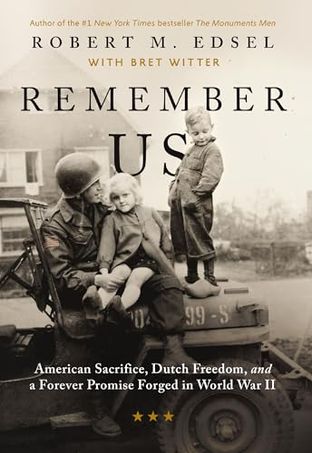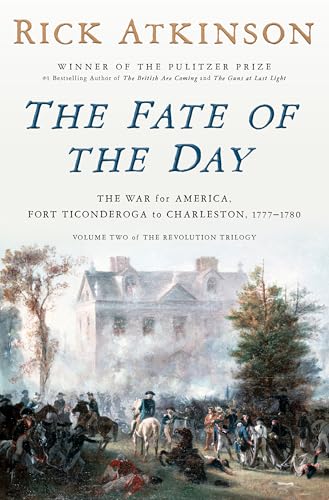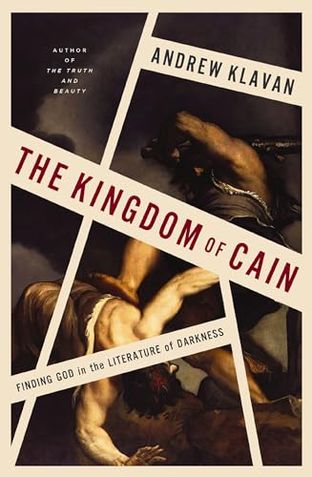Review of REMEMBER US
by Johny McFliggen, PhD Literature & Business, Oxford
"REMEMBER US" by Robert M. Edsel, with Bret Witter, is a testimony to Edsel’s dogged dedication to unveiling the oft-overlooked heroism of the Monuments Men during World War II. Much like the cinematic spectacle "The Monuments Men," which left George Clooney and his ensemble cast elbow-deep in Renaissance art and Nazi intrigue, this book too seeks to captivate our imagination with tales of valorous art historians and soldiers. Only this time, Edsel gives us a dozen personal stories that are as poignant as they are revealing.
Edsel, whose very name has become synonymous with the preservation of cultural heritage, dives deeper than ever before into the intricate web of duty, sacrifice, and what can only be described as a quixotic quest to preserve humanity's artistic soul amidst the chaos of war. If "The Monuments Men" was a sweeping epic, "REMEMBER US" is its more intimate counterpart—a series of vignettes that paint a fuller picture of the individuals behind the mission.
The book does not merely recount historical events with a dry precision; it breathes life into them. The personal narratives of these unsung heroes are woven with such deftness that one can almost smell the musty air of bombed-out cathedrals and hear the echoing silence of empty galleries. Edsel’s meticulous research is akin to a master restorer’s touch—bringing clarity to a canvas obscured by time.
Comparatively, while Lynn H. Nicholas's "The Rape of Europa" offers a panoramic sweep across the European cultural landscape ravaged by war, Edsel's work zeroes in on the microcosm of human experience within this vast tableau. Similarly, Edmund de Waal’s "The Hare with Amber Eyes" shares an affinity with Edsel's work in its personal approach to cultural history, yet it remains more introspective, less embroiled in the grand theater of war.
That said, "REMEMBER US" is not without its challenges. The sheer density of historical detail can be reminiscent of navigating through an academic tome. It’s not unlike attending a Wagnerian opera—rich, complex, and requiring an investment of time and attention. However, for those willing to immerse themselves, the rewards are substantial.
In a literary landscape where World War II non-fiction often veers towards the militaristic or political, Edsel’s focus on cultural preservation is both refreshing and necessary. It is a reminder that in the theater of war, art becomes more than mere decoration; it is the embodiment of identity and memory—a beacon of what civilization strives to protect against barbarism.
While "REMEMBER US" may not have snagged any shiny accolades just yet, it doesn't need them. Its value lies in its contribution to our understanding of the past and its call to remember those who fought not just with guns but with an unwavering belief in the power of art and culture. In an age where the ephemeral often overshadows the eternal, Edsel’s work stands as a clarion call to remember what truly matters.
Purchase Link: REMEMBER US on Amazon



